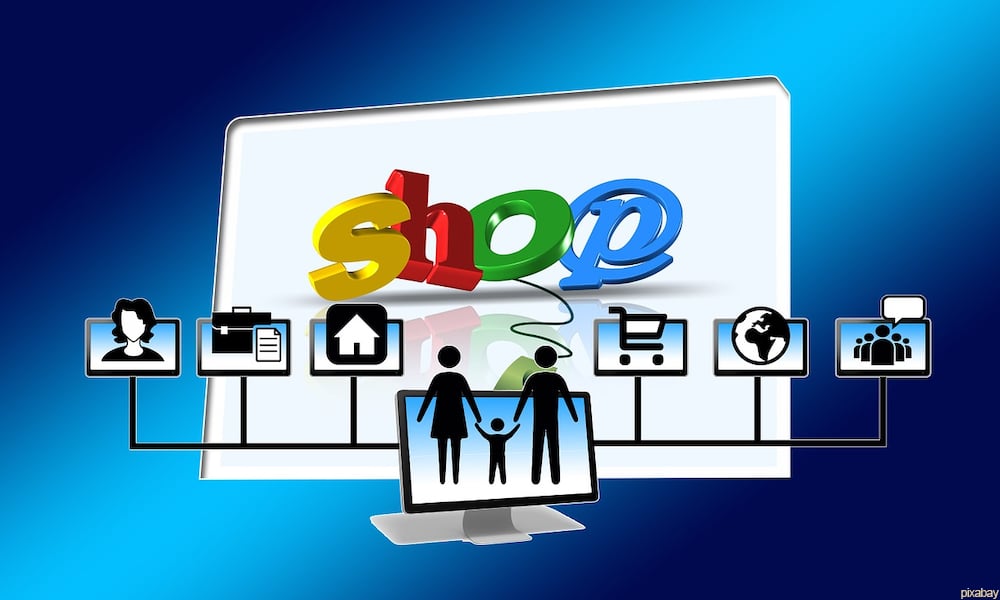Sales
Top 4 Metrics To Track Your Online Store’s Profitability

Building a successful online store is more than just selling significant volumes and building a large customer base.
Down the road, scaling the business profitably will usually become an entrepreneur’s most important goal, especially if outside capital has been brought to the mix.
A lot has been written about how to increase a store’s selling volumes and other similar topics including which are the best Shopify apps to increase sales and how do you improve app design for higher conversion rates. Therefore, in this article, we will focus on another topic concerning the financial success of an online store – its profitability.
This is our list of the 4 most relevant metrics every entrepreneur should keep track of to build a profitable online empire from scratch.
1. Gross Margins
Gross margins are also known as the top-line profitability of any business. They indicate how much money the company is earning for every dollar sold after deducting its direct costs.
In the specific case of an online store, direct costs are usually the cost of the end product being sold plus any shipping expenses incurred to get the item to the fulfillment center – to manage the delivery to the customer. Fulfillment centers particularly for smaller eCommerce stores are third party businesses. Other costs that could also be considered direct for an online store would involve storing fees and warehousing costs.
Needless to say the higher the gross margins for an online store, the better. This is because the business will reduce its break-even point as margins move higher, meaning that fewer goods will have to be sold by the store to get to the green zone.
2. Average Order Value
The average order value of a store indicates how much customers spend on average per every order that comes to the system during a certain period. Same as with gross margins, the higher the average order value, the better.
Larger ticket sizes will typically lead to faster inventory turnover rates, lower shipping costs, and lower overhead.
One way to increase the average order value is to offer bundles, 2-for-1 promotions, and buy 1 get X discount on the subsequent item schemes. This will usually entice customers to spend more money.
That said, it is vital to keep track of gross margins when offering these implicit discounts. They could deteriorate the store’s top-line profitability to the extent that offsets the positive impact of the strategy.
3. Conversions & Average Amount Spent

Most online stores rely heavily on digital marketing to acquire customers. Digital advertising is quite powerful but it is also expensive – especially in highly competed markets and niches.
For this reason, online stores should focus on increasing conversion rates as much as possible while also analyzing the cost per conversion against the average ticket size to make sure that business volumes coming out of digital ads are as profitable as they should.
One way to improve conversion rates is to create highly segmented ad campaigns that target specific subsets of your audience with what the owner believes are the most appealing offers for them.
4. Customer Retention Rate (CRR)
Statistics from Big Commerce indicate that retaining customers is one of the most important goals that online stores should achieve to be successful. The reason for this is that customer acquisition costs will progressively eat a lower percentage of the business’s top-line results once the bulk of its sales start to come from existing customers instead of new ones.
There are multiple ways to keep track of how the business is performing in this particular area. Some companies track the percentage of customers acquired during a specific period and have made two or more purchases.
Meanwhile, other companies track the percentage of sales coming out of existing customers (those who have made more than X purchases within a certain period) while others evaluate purchase frequency.
Bottom line
Building a successful online store starts with an idea, grows into a brand, and eventually creates an independent, thriving business venture. The path to getting to this last stage can be challenging, but it will surely be rewarding.
We hope that the metrics we have mentioned above will help you improve your online store’s profitability by keeping track of some metrics that we believe are highly relevant to achieving this goal.



